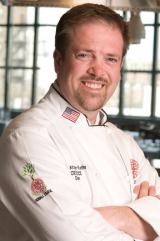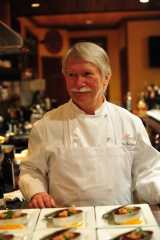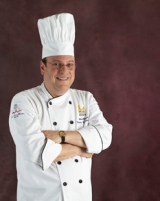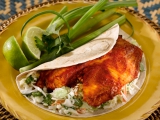
Talented High School Students Take Home Culinary Grand Prize in National ProStart Invitational
Creating flavor profiles and dedicating hundreds of practice hours paid off for this Ohio school’s ProStart Team as they earned a national culinary title.

Creating flavor profiles and dedicating hundreds of practice hours paid off for this Ohio school’s ProStart Team as they earned a national culinary title.

A concept restaurant dedicated to America’s military and first responders earned Texas high school students a 2016 national management title at the 15th annual ProStart Invitational.

We have a responsibility as educators to lead by example by innovating in the kitchen—and asking our students to do the same.

Clear test instructions, question order and different types of questions – more than multiple choice – help students show what they know.

Summer signifies a time to map out successful future program strategies.

Chef Weiner introduces instructors to the complicated ideas of teaching greenhouse gases associated with food’s carbon footprint.

Mark your calendars for the best – and only! – conference dedicated to chef educators and their unique challenges and needs.

Culinary professionals were honored for excellence and achievement and their ability to further the mission of celebrating, nurturing and honoring America’s diverse culinary heritage.

A capacity crowd at NYC’s American Museum of Natural History supports record breaking fund-raising event while honoring culinary titans.

Sustainable seafood is a hot topic right now for all chefs. When instructing culinary students in various seafood preparation aspects teachers can utilize this web site for go-to resources.